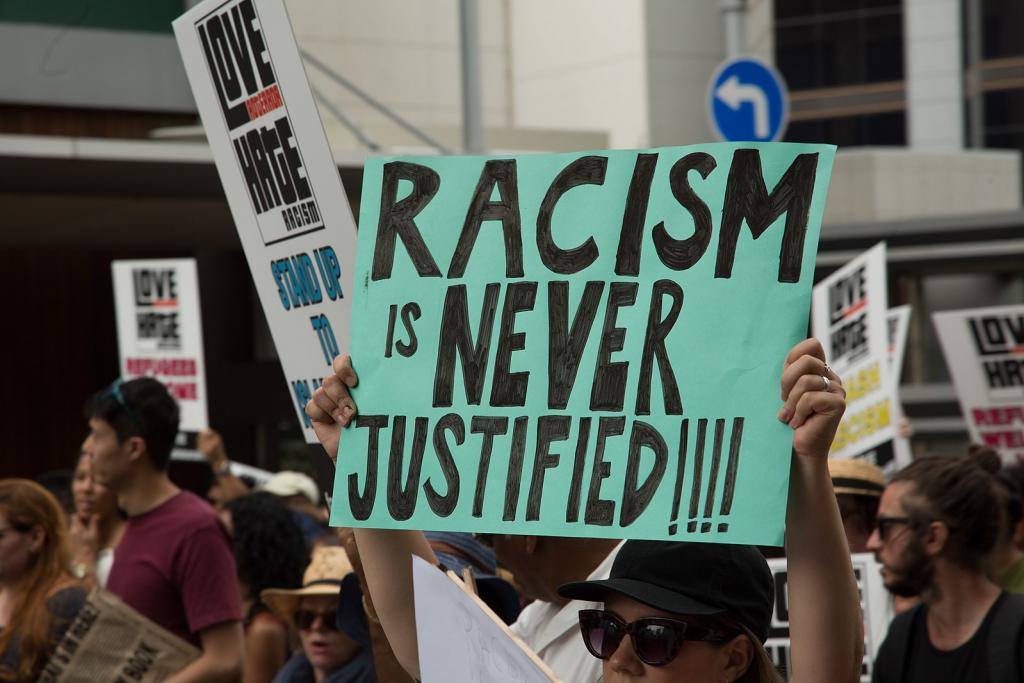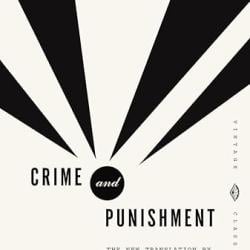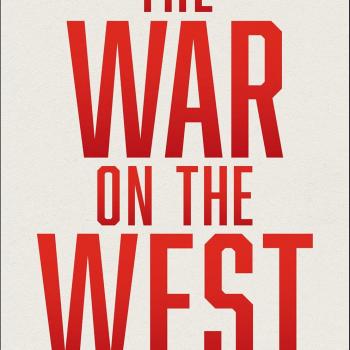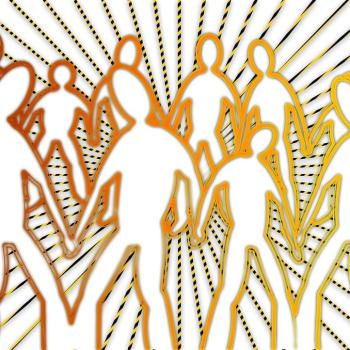I previously considered how applied critical race theory stigmatizes minorities, especially blacks. It drew largely from Shelby Steele’s White Guilt: How Blacks and Whites Together Destroyed the Promise of the Civil Rights Era. This post turns attention to how applied CRT (and similar ideologies) employ toxic shame (under the name “white guilt”) in ways that are destructive to black, American, and Christian identity.
How White Guilt Breeds White Supremacy
Steele highlights the detrimental effects of weaponizing “white guilt.” He says,
The great power of white guilt comes from the fact that it functions by stigma, like racism itself. Whites and American institutions are stigmatized as racist until they prove otherwise. (White Guilt, 27)
Furthermore,
White guilt had triggered a racial role reversal. Suddenly whites had to prove their broader humanity by displaying a human dignity that was above racism. And blacks, now validated as fully human by America’s acknowledgment of racism, were all but commanded to show the indignation and outrage of full human beings… (71)
These dynamics create a perfect matrix for enduring long-term social conflict. Shame (or “white guilt”) breeds such a strong desire to dissociate from past racism that white and white-run American institutions no longer see the individual human; they only see the stigmatized victim in the form of a social category (e.g., “black,” “minority,” etc.).
Ironically, CRT-like ideologies can foster a subtle form of white supremacy in the name of helping minorities. Steele critiques an article by Maureen Dowd in which she claims Clarence Thomas should be grateful to those (whites) who created affirmative action laws, which she claims benefited Thomas. Steele says,
Dowd illustrates the great internal contradiction of white liberalism: that is paternalism, its focus on whites rather than blacks as the agents of change, allows white supremacy to slip in the back door and once again define the fundamental relationship between whites and blacks. So, the very structure of the liberal faith––that whites and “society” must facilitate black uplift––locks white liberals into an unexamined white supremacy. They can’t really believe in blacks but they must believe in whites. White are agents; blacks are agented. (148)
The effect on blacks is no less pernicious.
Victimization and Black Privilege
Steele recounts how he realized the benefits afforded him by white guilt. In particular, he understood that “in being black I had come into a kind of privilege” (76). He discovered that “group identity can take the place of accomplishment as a source of individual esteem” (75). The tragedy that results is laid bare when he adds,
Blackness gave me a new esteem that was in no way contingent on performances or success in the white world. In fact, if I failed it would only be an opportunity to better display black victimization in the court of white guilt. (75)
This quote encapsulates the toxicity of many forms of applied CRT. Their adverse effects include a parasitic sense of identity in which honor is rooted in victimhood. Furthermore,
[M]ilitance toward whites became a litmus test of “blackness.” Even if you felt no such militance, you developed a militant posture simply to secure your black identity. This was an ingenious use of identity as power because it enabled these leaders to base their power on something deeper and more reliable than ideas.
The litmus test for being black required one to accept racial victimization not as an occasional event in one’s life but as an ongoing identity. When victimization is identity, then the victim’s passionate anger can be called out even when there is no actual victimization. In other words, the victim’s anger can be relied on as a political force. (72)
And now, notice how Steele returns to the themes of white guilt and stigma.
This identity, of course, was not power in itself. White guilt was the power, and this identity was the leverage militant leaders used to access that power. Unfortunately, all this gave blacks a political identity with no real purpose beyond the manipulation of white guilt. Worse, because this identity was thought to be absolutely essential to black power, it quickly became the most totalitarian and repressive identity that black America has ever known.
All dissent became heresy, punishable by excommunication, because anything less than uniform militancy weakened the group’s effectiveness with white guilt… our identity––our “blackness”—was contingent on our militance. And failing the litmus test of militancy incurred the Uncle Tom stigma. (73)
Final Words
This two-part series has not endeavored to mediate debates about whether applied CRT is anti-American or whether it makes any number of legitimate social contributions. My focus has been far narrower.
We are responsible for considering the broader implications of whatever theories or ideologies to which we subscribe. Few systems of thought are without flaws or limitations. A question for us is whether any proposed benefits of applied CRT outweigh the noxious effects on those it purports to help.














